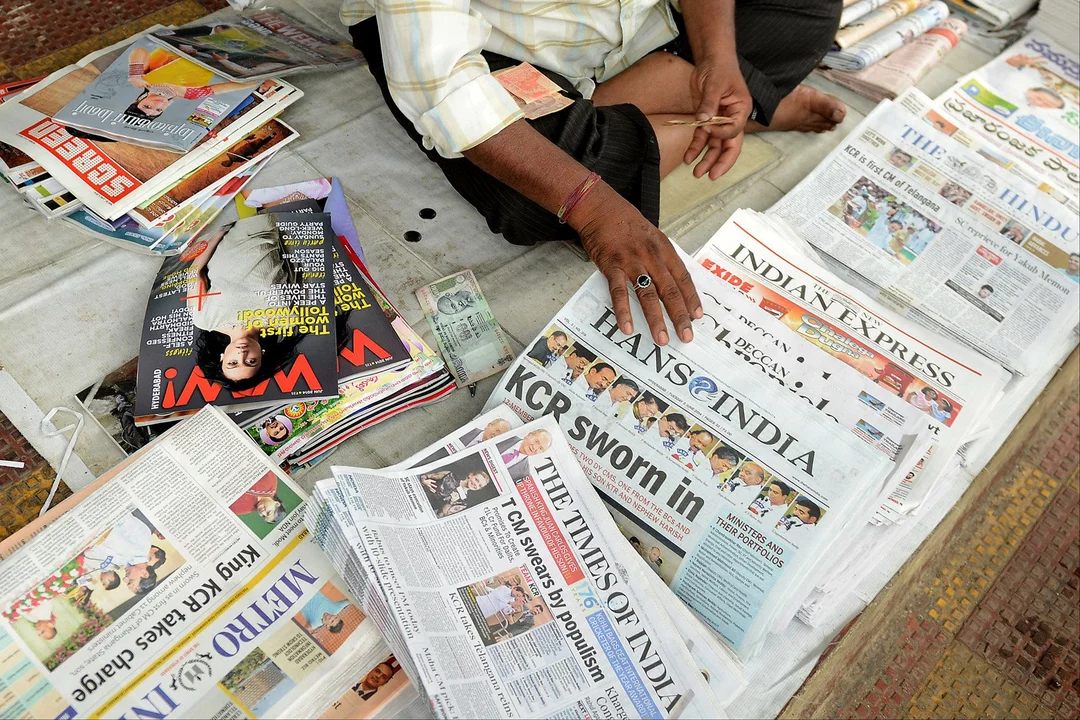Media Bias & Analysis: How to Spot Tilt in Indian News Channels
Ever felt that a news story sounds a bit one‑sided? You’re not alone. Many viewers wonder if Indian news channels push an agenda. In this guide we break down what bias looks like, why it matters, and how you can tell if a story is being framed to favor a party or idea.
What Makes a News Channel Biased?
Bias isn’t always a hidden conspiracy; often it shows up in simple choices. Think about the headlines that scream out a scandal but skip the follow‑up that clears things up. Notice the language – words like "shock" or "victim" can sway emotions. Also watch who gets airtime. If a channel constantly invites the same political guests while ignoring opposition voices, that’s a red flag.
Another clue is story placement. A report on a controversial policy pushed to the top of the broadcast may signal the channel’s priority. Conversely, a supportive story tucked into a late‑night slot can dilute its impact. These editorial decisions shape how audiences perceive reality.
How to Identify Bias in Everyday News
Start by comparing multiple sources. If you watch three different channels covering the same event, note the differences in facts presented and tone used. A balanced report will include both sides, even if it leans slightly one way.
Check the sources quoted in a story. Are they all from the same think‑tank or political party? A diverse mix of experts usually indicates a more rounded view. Also, pay attention to visual cues – background music, graphics, and even camera angles can subtly influence how you feel about a story.
Ask yourself these quick questions while watching: Who benefited from the story? Who was left out? Is there any loaded language? If you answer yes to the first two, you might be seeing bias.
Our recent post, “Can you prove that Indian news channels are biased?”, dives deeper into real examples and research findings. It shows how some channels consistently favor certain parties through story framing, word choice, and guest selection. The post also points out that not every channel is guilty of bias, reminding readers to stay critical but fair.
So what can you do right now? Keep a notebook handy and jot down any patterns you notice – repeated slogans, recurring guest line‑ups, or the same spin on opposing viewpoints. Over time you’ll build a personal radar for bias.
Finally, remember that bias isn’t always malicious. Sometimes it’s just a habit of a newsroom culture or a pressure to attract viewers. Recognizing it lets you filter information better and form opinions based on a broader picture.
Stay curious, question what you hear, and use the tips above to cut through the noise. When you understand how bias works, you get closer to the real story behind the headlines.
